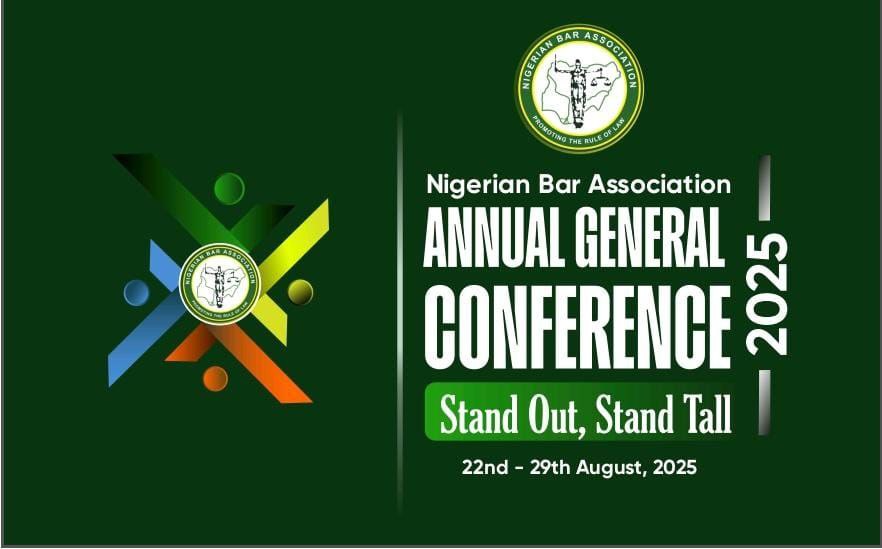Pinciting means using pinpoint citations—citations to the precise page you’re referring to or quoting from.
“Pinpoint citations … include the exact page on which the quote, proposition, holding, or rule is found.” Mary Barnard Ray & Jill J. Ramsfield, Legal Writing: Getting It Right and Getting It Written, 4th ed. (Thomson West, 2005), 62–63.
You “should always disclose, not only the page on which the opinion begins, but also the exact page on which the pertinent discussion occurs.” Mortimer Levitan, ‘Confidential Chat on the Craft of Briefing’ 4 Journal of Appellate Practice & Process (Iss. 1, 2002), 310.
Pinpoints are always helpful when referring to any species of authority, but in judicial authority (cases and law reports), they’re essential whether your citation refers to dicta, holdings, propositions, quotations, or rules.

Pinpoint citations to judicial authority refer to precise pages (and in some law reports, paragraphs). For example, in the citation “Emordi v Igbeke [2011] 9 NWLR (Part 1251) 24 (SC), 35G–H (Fabiyi JSC),” the case is reported from page 24, the pinpoint page is 35, and the pinpoint paragraphs are G to H.
Don’t insert the word “page” or its abbreviation. Don’t precede the pincited page number with “at” or “particularly at.” When addressing the court orally, you can say “at” or “particularly at [page],” but don’t write either term. Don’t abbreviate “Part” to “Pt” when citing the Nigerian Weekly Law Reports or similar law reports. Spell it out.
Forget “per [judge]” when you pincite. Just add the judge’s name in parentheses after the pinpoint page. The Nigerian Weekly Law Reports includes lettered paragraphs. So pinpoint to the paragraph: “107G–H (Ademola JSC).”
Pinciting is part of your task of making the court’s task easier. Pinciting enables the court to verify your citation easily and quickly. Don’t force the judge “to scroll through the entire case to find the relevant part.”
Pinciting boosts your ethos.

Chinua Asuzu, Brief-Writing Master Plan (Partridge, 2022), 499–500.
Also Read:
Brief-Writing: What’s your theme?










